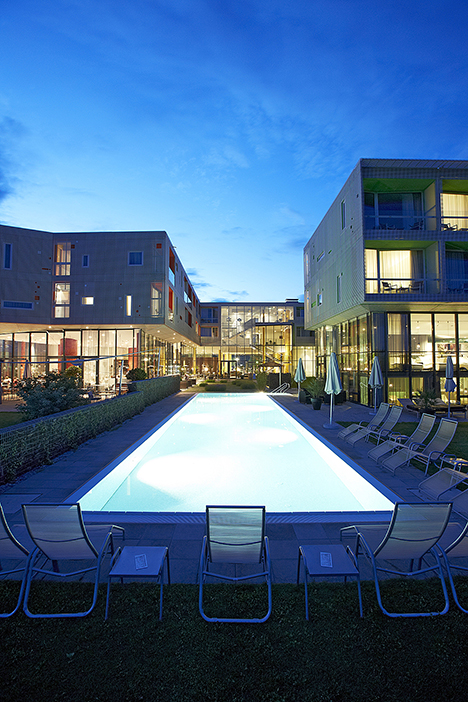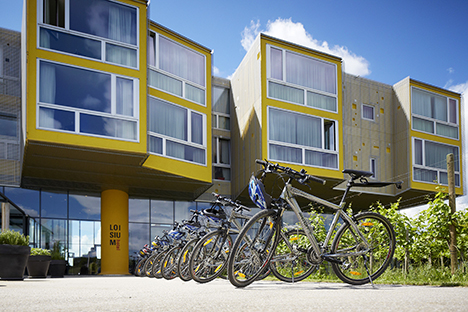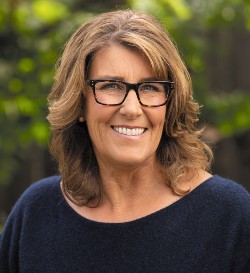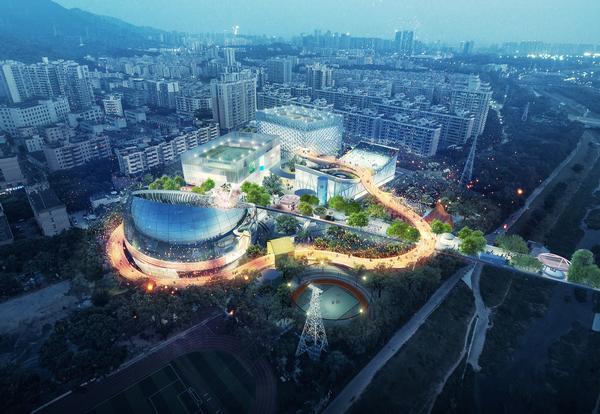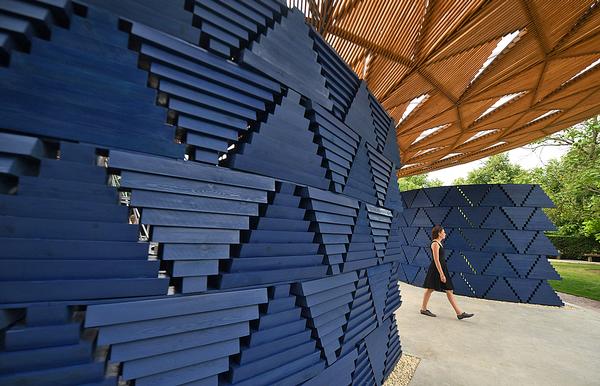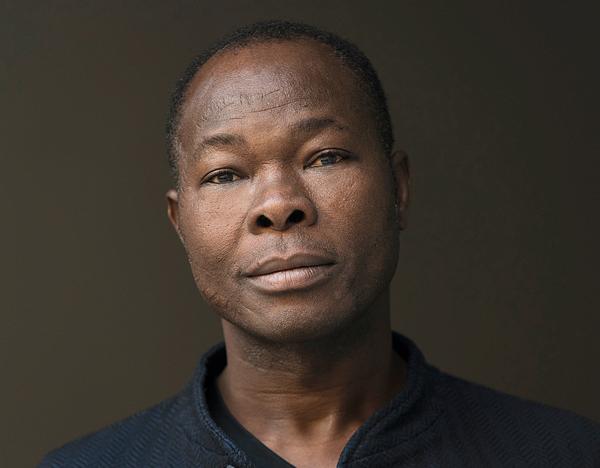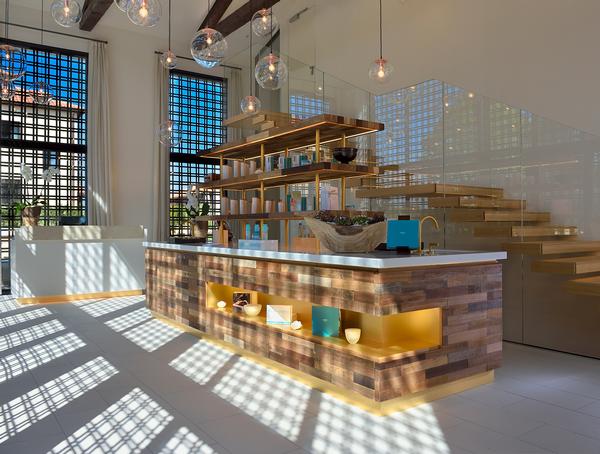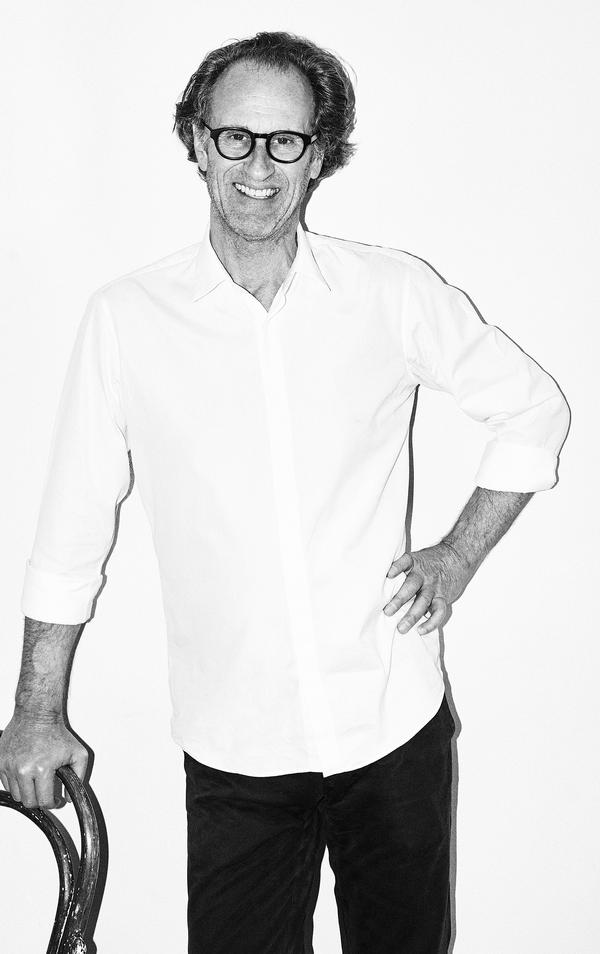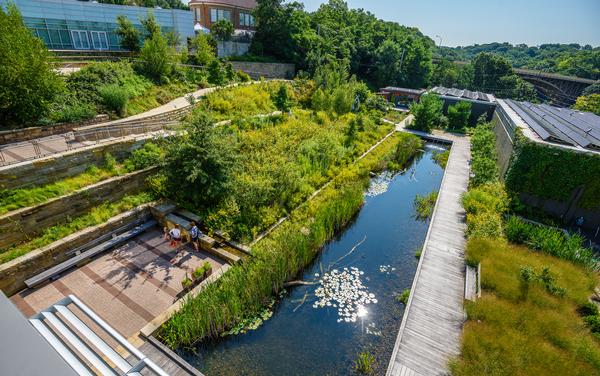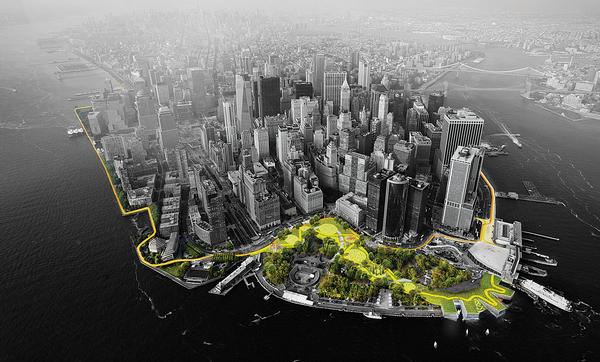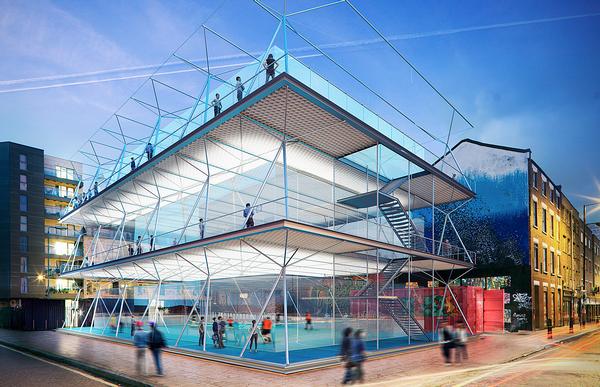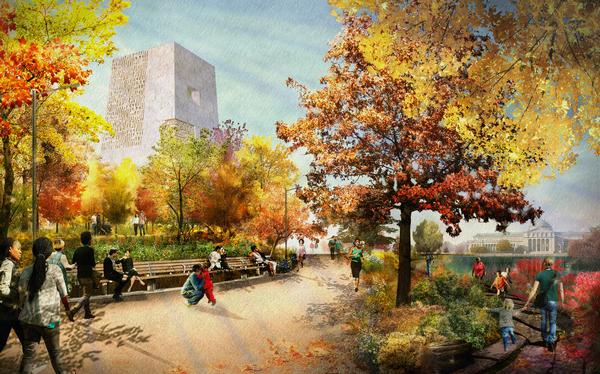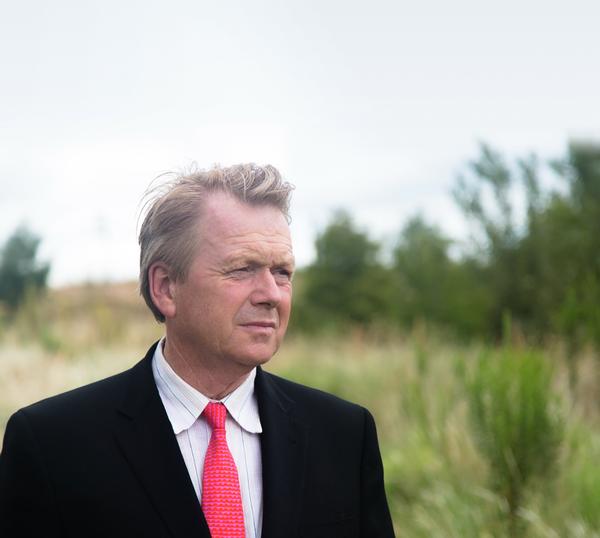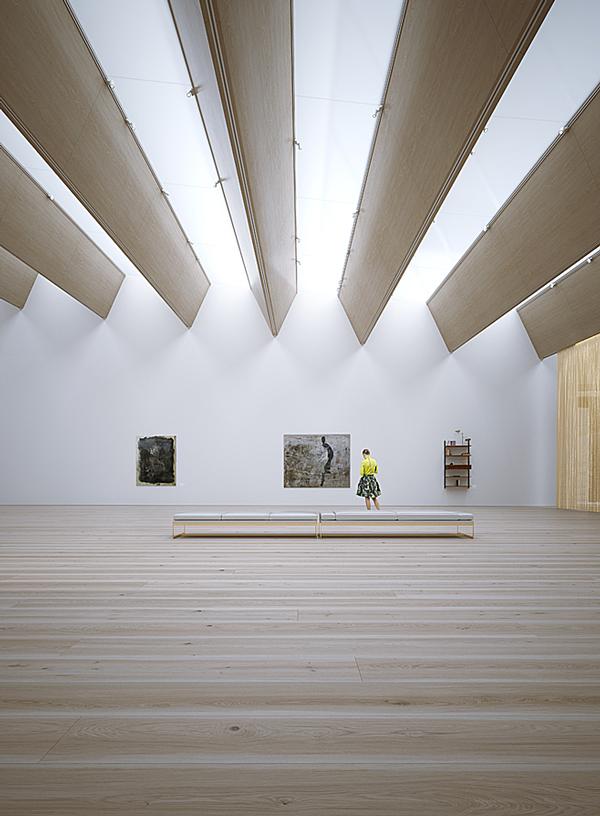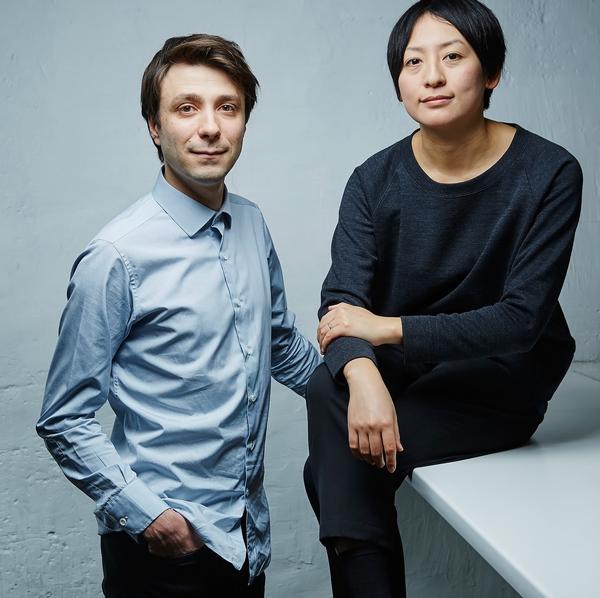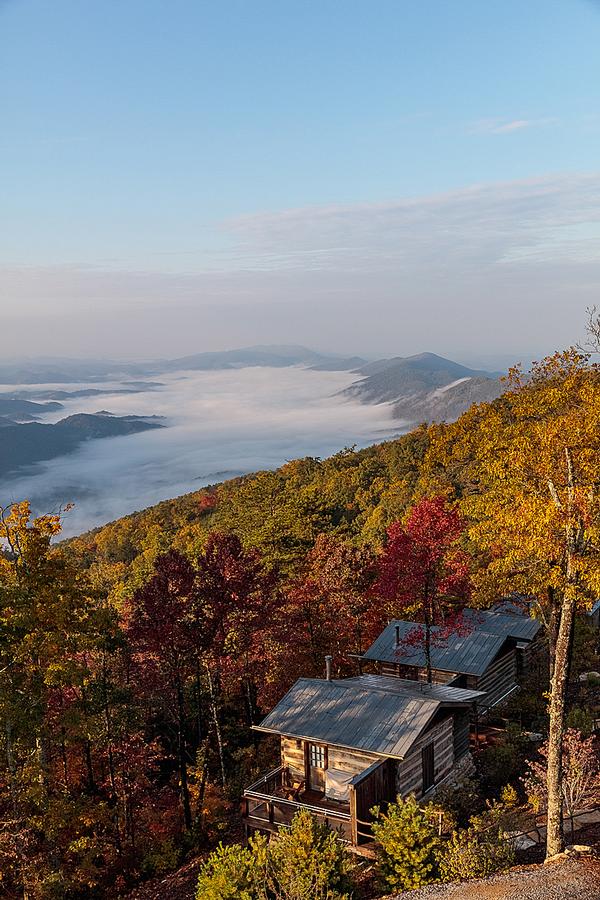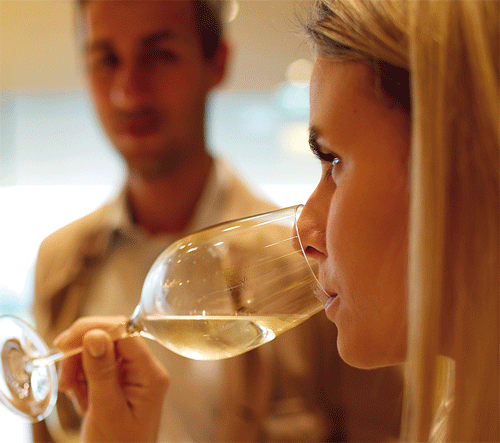Wine tourism special
On the grapevine
From using star architects to incorporating art and music into their offer, operators of wine destinations are raising the bar. Terry Stevens takes a look at the people behind some of the world’s most innovative wine destinations
This year the world will witness one billion international tourism arrivals, with the UN World Tourism Organisation predicting that by 2020 this figure will have grown to 1.6bn.
The competition to attract and secure market share of this growing number of tourists is intense. As destinations around the world strive to become more competitive and achieve ‘stand out’ they have to be increasingly creative and innovative.
According to Claus Sendlinger, founder and CEO of Design Hotels, tourism needs to harness talent from the creative industries to succeed. “The tourism industry needs hybrid thinkers and hybrid solutions, but this industry is not sufficiently innovative and creative to deliver,” he says.
There is, however, one sector within tourism which exudes innovation and demonstrates the creative touch. The wine industry has embraced the challenge, with wine tourism destinations now setting new standards for the rest of the industry to follow.
This shouldn’t come as a surprise, because viticulture and wine production is inherently a creative process. It’s an industry that’s embedded in lifestyle and it’s all about terroir – about provenence – with the wines bearing the characteristics of their place of production.
This is an industry that has long recognised its symbiotic relationship with tourism. Wine tourism formed part of the ‘Grand Tour’ for Europe’s aristocracy. Wine trails first became an official part of the tourism offer in Germany in the 1920s but it was not until the 1970s that wine tourism emerged as a special interest aspect of tourism development. Today wine tourism is a fast-growing, high value and value-added sector of tourism.
Today’s wine destinations are increasingly recognising the need for high quality, experiential tourism experiences that combine the best that the wine industry can offer with those from local agriculture, landscape, design and craftsmanship. The wine industry has also recognised the global drawing power of contemporary international architecture.
One of the most significant trends of the past 10 years in the development of wine tourism has been the involvement of internationally-renowned, star architects in the creation of new wineries, wine museums, wine cellars and wine hotels and spas. Some of the best known examples include the Marqués de Riscal winery hotel by Frank Gehry at Elciego in Spain’s Basque Region; Norman Foster’s Bodegas Portia in Ribera del Duero near Madrid; Zaha Hadid’s involvement at the Lopez de Heredia Winery, also in Spain; and Herzog and de Meuron’s work with the Dominus Winery in California.
Here we take a look at wine destinations putting a new twist on the traditional wine tourism offer.
Loisium Wine & Spa Resorts & Loisium World of Wine
Langenlois & Styria, Austria
The highly respected Austrian tourism visionary, Susanne Kraus-Winkler, defines the Loisium project as “a kind of life experiment about creating emotional touristic products within low level tourism regions by using regional products, focusing on wine, and trying to create neighbourhood interaction in a very innovative form.”
Kraus-Winkler and her principal partners, the Nidetzky family, have curated a new hybrid lifestyle product that combines agriculture, tourism and culture, and that harnesses architecture and design as its driving force. This synthesis of wine and modern architecture is creating the platform for regional economic and tourism development.
Their concept has been successfully piloted in Langenlois at the centre of Kamptal, Austria’s leading wine growing region. Here, working with renowned American architect Steven Holl, the Loisium team have created a unique wine experience.
Loisium opened in 2003, consisting of a Holl-designed vinotheque located in vineyards sitting above 900-year-old wine cellars owned by local wine producers. The winery adopted a collaborative approach with these small producers, and the cellars are now open for guided tours and house art galleries, as well as the wine.
Above ground is a restaurant and shop, showcasing local crafts, food and wines; a place to meet local growers and a corporate meeting space. Today the Loisium World of Wine attracts 70,000 visitors a year.
Two years later, in 2005, the Loisium Wine & Spa Resort opened. Another Holl-designed building, this E14.9m project consists of a four star hotel and a wine spa with an outdoor pool overlooking the village of Langenlois and the World of Wine.
The resort features avant-garde architecture, locally-crafted furniture, unique contemporary art and the Vineyard Restaurant, with products sourced mainly from within a 30km radius.
Buoyed by their success, the partners and investors aim to create seven to 10 projects in other leading wine regions across Europe.
The Loisium Wine & Spa Resort at Ehrenhausen in Steiermark (Southern Styria), Austria opened in June 2012 and development is underway on a third and a fourth project in Frankenland, Germany, and near Colmar in the Alsace region of France. Early discussions are underway for further Loisium schemes in Italy and Romania, as well as Switzerland, Hungary, Bulgaria and Spain.
“Wine growers are traditionally innovators, and the new generation of wine growers has realised the importance of connecting wine to contemporary lifestyle, architecture and design,” says Kraus-Winkler. “At Loisium we aim to harness these important trends.”

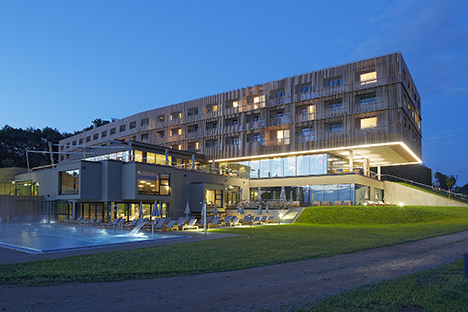
La Winery
Bordeaux, France
At the heart of one of the classic French wine regions 30 minutes north of Bordeaux lies La Winery, a contemporary, accessible and personalised approach to the world of wine. It’s designed for both beginners and connoisseurs. There’s no chateau or traditional wine cellar. This is a 12,000sq m ‘transparent’ space that melds into the environment and responds to the colours and lights of the changing seasons.
La Winery attracts 100,000 visitors a year and is, according to the creator and owner, Philippe Raoux, “about touching the very soul of wine; the shared knowledge and pleasure. La Winery is a meeting of cultures; of wine, of gastronomy, of art and music.”
Raoux is heir to four generations of wine growers and merchants. Originally from Algeria, the family moved from Oran in Algeria to France in 1962, and Raoux now owns four vineyards including Château d’Arsac, famous for its Margaux wines and artworks. Having already succeeded in establishing a mail order wine trading venture, Raoux looked to projects taking place in the new world wine regions that were making wines accessible to new audiences. La Winery embodies a new approach that is challenging traditional business models throughout the Medoc and the wider Dordogne valley.
Opened in 2007 at a cost of E20m and now employing more than 30 people, La Winery was designed by local architect Patrick Hernandez. It’s described as an ‘upside down glasshouse,’ with plants on the roof and people at the heart of the building, which houses a wine boutique, tasting rooms, galleries and restaurant.
The art of wine tasting is at the heart of the visitor experience, explains Philippe Raoux. “A wine tasting committee of five ‘incorruptibles’ tracks down the world’s best wines, and 1001 are made available to our guests,” he says. “We’ve invented a new tasting concept – The Wine Sign® – where our exclusive software allows us to devise a personalised wine list based on guests’ taste, consumption choices and budget.”
Raoux bought Château d’Arsac as a ruin in 1986; today this 112 hectare Haut-Medoc and Margaux estate is home to a collection of contemporary art of global significance. This collection flows into the grounds of La Winery, allowing Raoux to blend the cultures of wine, art and landscape.
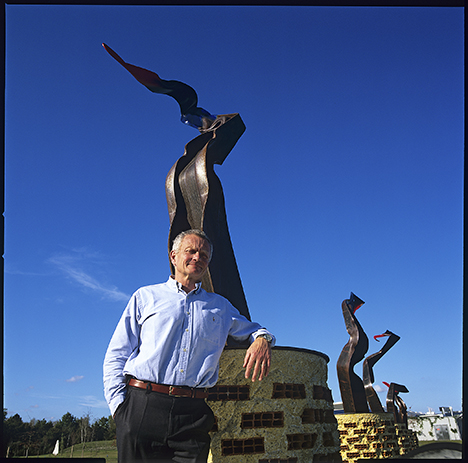
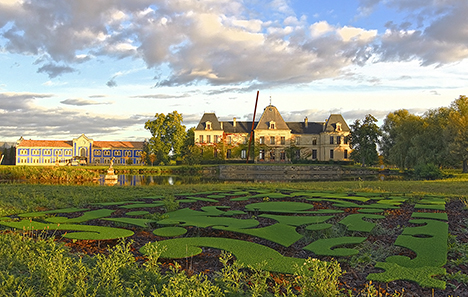
Dinastia Vivanco Museum of Wine Culture
Briones, Rioja, Spain
Opened by King Carlos in 2004, the Dinastia Vivanco Museum of Wine Culture is located just south of the medieval village of Briones in the Rioja region, 80km south of Bilbao in Spain. It sits alongside the Vivanco Bodega in an expansive and especially created landscape overlooking the broad sweep of the Rio Oja Valley and countryside.
It’s a modern complex, housing and interpreting all facets of wine making. Outside is the Bacchus Garden, with one of the world’s biggest collections of different grapes compiled by the Vivanco family, owners of one of Rioja’s leading wine companies.
The Vivanco family established the not-for-profit foundation that owns and manages the museum as a “means to give back to wine what wine has given the family”. The 9,000sq m museum was conceived by architect J Marino Pascual as an ‘entire journey’ through the story of wine.
Its five permanent exhibitions are spread over four floors, and include Birth, Growth and Maturity – The Vine; Keeping the Essence – Wine making; The Bodega – its organisation, processes and work; Wine: The Art and the Symbols; Open, Serve and Drink: The Protocols of Enjoying Good Wine.
The complex also includes a temporary exhibition gallery, conference rooms, an archive centre, a restaurant and café, a collection of wines of the Vivanco Winery, a shop and a themed children’s play area. Visitors can also visit the main cellars of the Bodega.
The restaurant is a celebration of excellence in Rioja cuisine, and provides views of the Bodega and the Cantabrian Mountains.
This is a complex that works well in its setting, making the most of the landscape and complementing the village of Briones that it faces.
The ambiance both inside and outside is one that encourages visitors to slow down, to spend time savouring the place, its history and the spirit of good wine. Partly this is achieved by the volume of space, the use of spaces and partly through the clever movement of visitors through different styles of exhibitions and lighting.
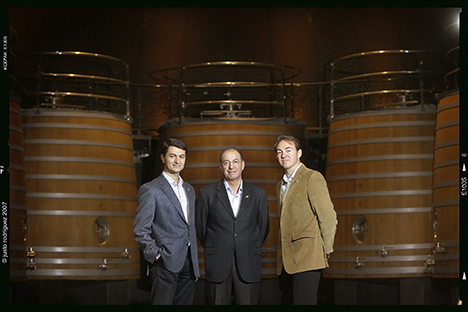
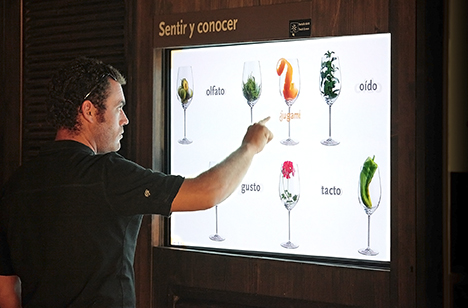
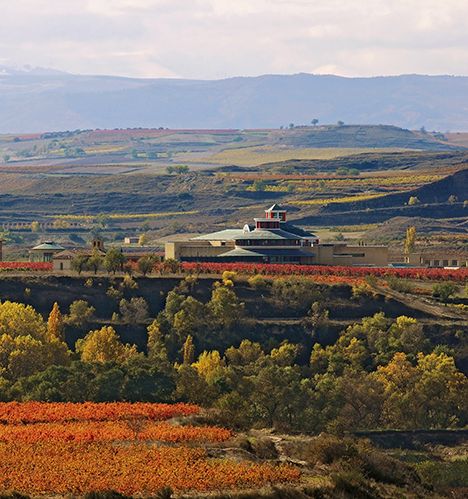
Babylonstoren
Franschhoek Valley, South Africa
Often described as “paradise found” by co-owners, designer Karen Roos and her media baron husband Koos Bekker (CEO of multinational media group Naspers), Babylonstoren is a visionary project.
Set on 590 acres in the Drakenstein Valley in South Africa, the gateway to Franschhoek, the property was initially destined to become a personal weekend retreat and with a manor house dating from 1777 and a well-preserved, complete farmyard in the Cape Dutch style, the couple believed they had a real opportunity to realise something special in terms of outdoor living.
However, soon – according to Roos – they decided they needed “to make it into a place people could share.” They’ve gone on to create a ‘farm hotel’ (capacity 48), with guests staying in 14 five-star suites in restored farm workers’ cottages with the exclusive use of the manor house. The Garden Spa provides tranquility overlooking the garden, while the restaurant – Babel – has a ‘garden to plate’ concept.
The core of the project is the garden, which is modeled on the historic ‘Company of Gardens of the Cape’ which the Dutch East India Company established on the Cape in 1652 to grow all the produce needed to replenish trading ships en route between the Indian and Atlantic oceans.
Roos and Bekker hired Patrice Taravella, creator of the gardens at Prieuré Notre-Dame d’Orsan in the Loire Valley in France, to design the plantings. The orchards and gardens sit within 200 acres of vineyards producing Chenin Blanc, Shiraz, and Viognier and the extraordinary tapestry of fruit, vegetables, herbs and horticulture is overseen by head gardener, Gundula Deutschlander.
In July 2012, Forbes magazine described Babylonstoren as “effortless chic,” saying “Each of the soothing, all-white, minimalist rooms – designed by Roos, with a small library of books chosen by Bekker – has a kitchen and guests are permitted to pick and eat garden ingredients at will. Babel has become a Cape Town draw, with its sophisticated farm-to-table cuisine.”
On this farm – one of the oldest Cape Dutch farms in the Western Cape – an intriguing visitor experience is emerging. This is defined by its creators as “a place where days are intentionally unscripted, leaving guests to do as they please.” According to Roos and Bekker, “This is a place where we’re not looking for different things but, simply looking at things differently.”
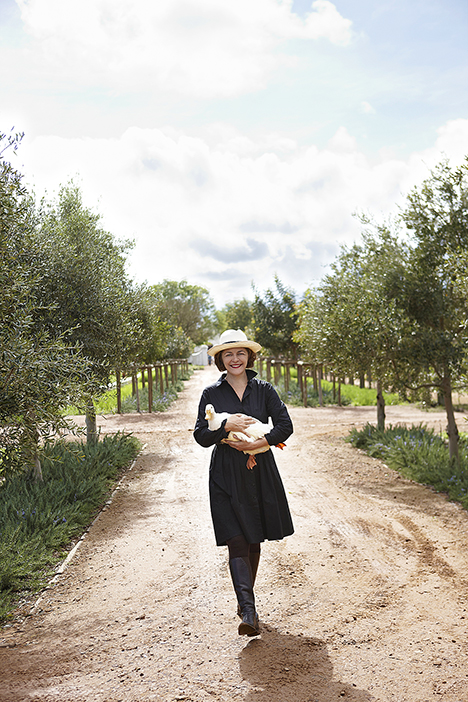
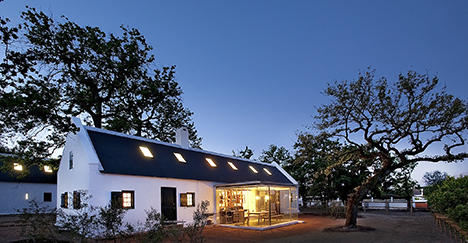
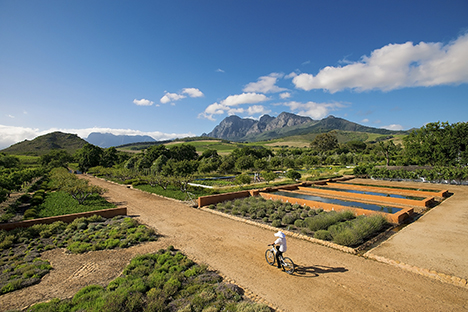
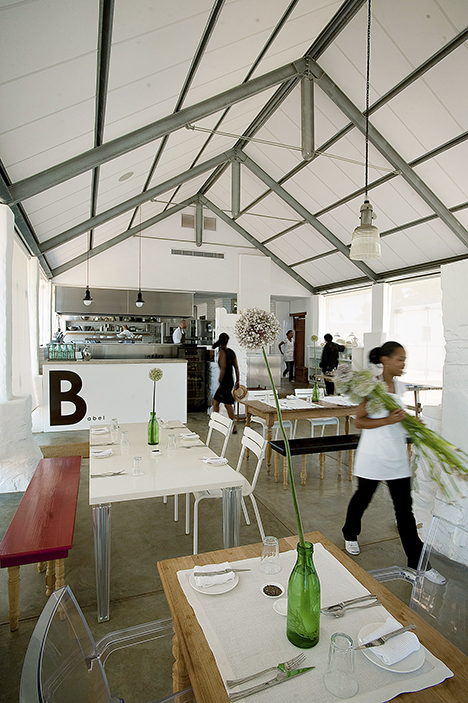
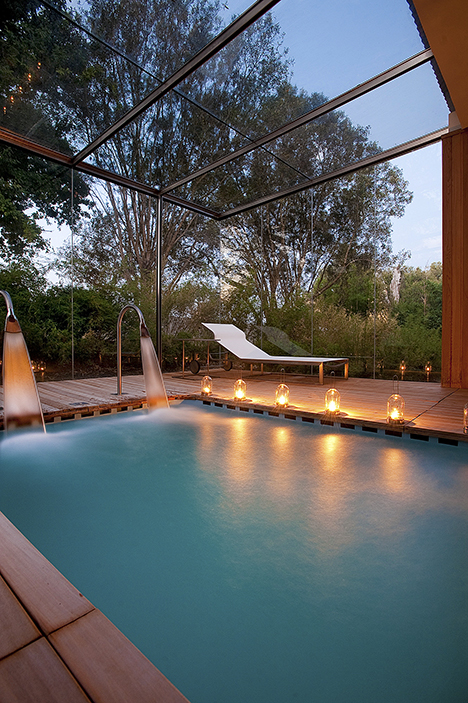
La Motte
Franschhoek Valley, South Africa
Viticulture was established at La Motte in 1752, with the planting of 4,000 vines by Huguenot descendant Gabriël du Toit. In 1970, La Motte was acquired by the late Dr Anton Rupert and transformed into a global wine producer and tourist destination. It’s now owned by his daughter Hanneli Rupert-Koegelenberg – one of South Africa’s leading mezzo sopranos – and managed by her husband Hein Koegelenberg.
Koegelenberg says that their approach is all about high standards. “Our credo is clear. It’s to establish La Motte as a centre of excellence,” he explains. “This approach is applied to all aspects of the estate, from the wines, to the facilities provided for our estate staff, through to being champions for the biodiversity and conservation of the landscape. It’s also applied to our unique La Motte visitor experience, which launched in 2010.”
If modern wine tourism is about ‘attacking all the senses’ then La Motte succeeds. Award-winning wines can be sampled among original works of art as part of the La Motte Jancob Henrik Pierneef Collection. This theme is carried through into the Pierneef a La Motte restaurant, which presents Cape Winelands cuisine and wine matching delivered by chef Chris Erasmus.
Classical concerts are a regular feature of the restored historic cellar, while the La Motte Museum showcases the area’s and the family’s French and Dutch Cape heritage.
Heritage walks, hiking and mountain biking trails, tours of the estate, a farm-style shop, the La Motte floriculture and the restored historic wine cellars complete the experience.
Approximately 25 hectares of the 174 hectare estate land have been allocated to the ‘Aromes de La Motte’ for ethereal oil operation, cultivating oil-producing plants whose oils are destined for a range of cosmetic products under the Aromes de La Motte brand. Not only does this contribute to the bio-diversity and brand diversification but it also offers scope for further development of the spa operation and product line.
“Our enormous investment beyond viticulture is all about brand stewardship, brand extension and brand management,” says Koegelenberg. “We had to reposition the vineyard and relaunch the brand to generate stronger sales of higher value wines. Creating the visitor experience is a major strand of that exercise.”
The experience is total. It’s characterised by care and respect for the guest, the landscape and for all those involved, particularly illustrated by the creation of the Denneger Village for employees. This is complete with modern housing, a 50m swimming pool, sports pitches, art school and shop. Members of the Owners’ Association are encouraged to develop market gardens and their produce is sold to the La Motte Restaurant, thus completing the virtuous circle.
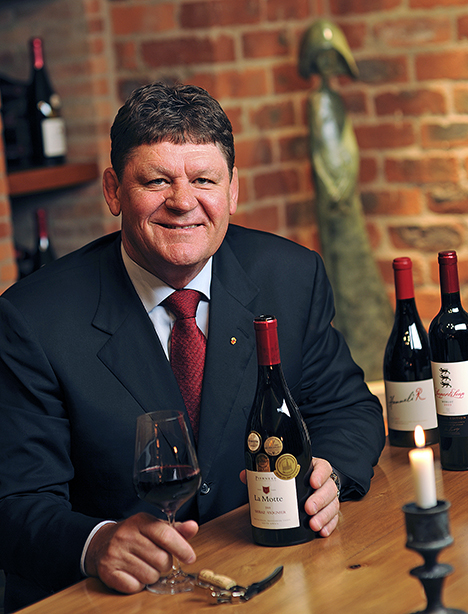
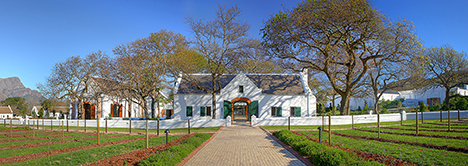
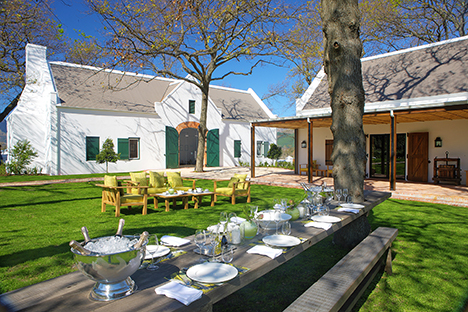
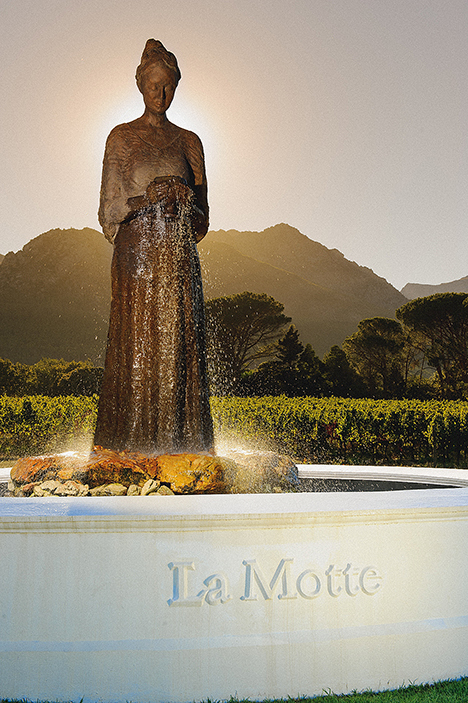
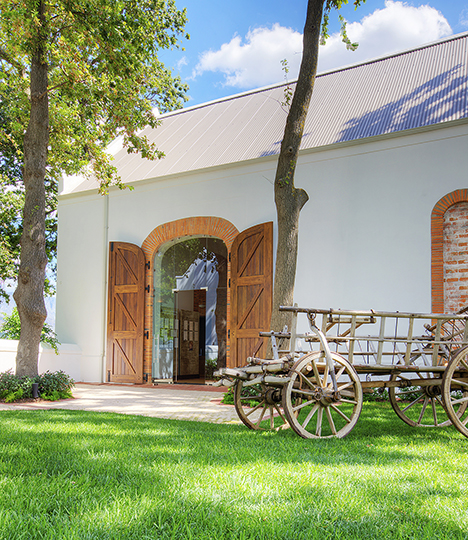
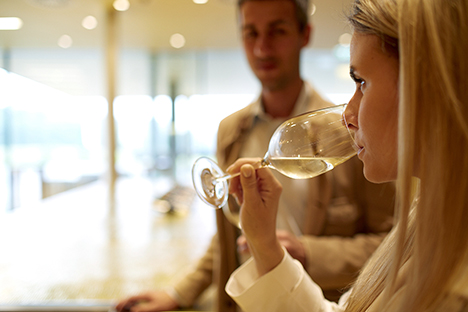
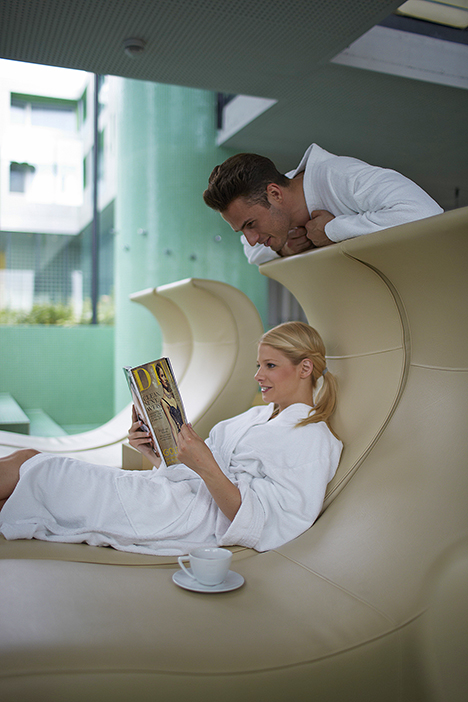
The Isola delle Rose has a rich history and an enviable location. Matteo Thun knew he had to capitalise on both with the design of the JW Marriott Venice Resort & Spa



